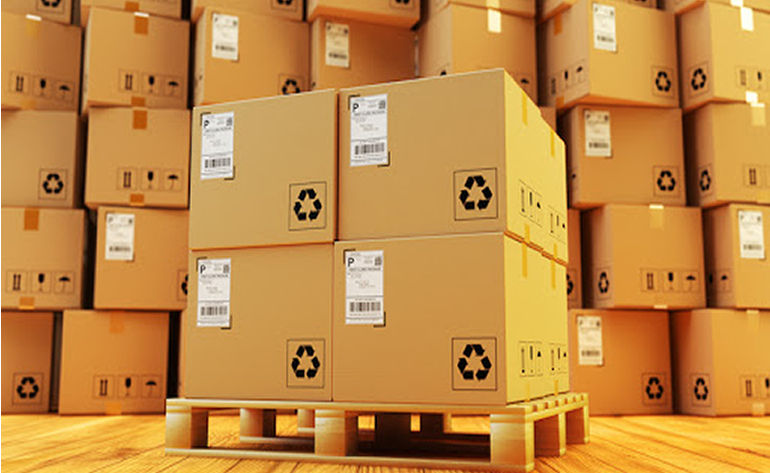- Email charter@asacaviationgroup.com
- 24/7 Customer Care +254-20-808-7-808
- Regional Office KAHL Terminal Cargo Centre, JKIA


Craters & Freighters offers custom interior packaging for each container we build. Crates and containers are lined and filled with the appropriate amount of cushioning agent to ensure items are secure for shipping. Many factors are taken into consideration including dimensions, weight, fragility, mode of transport, and final destination. We take a consultative approach to meeting your product’s packaging requirements. Our packing experts work with you and your product’s specifications, providing solutions that ensure safe transport and delivery. Custom packing can reduce your company’s shipping costs, damages, and lost revenue.


TAILORED PROTECTION FOR YOUR CARGO SHIPMENTS
PACKAGING DANGEROUS GOODS: Learning to pack dangerous goods requires a lot of attention to detail and diligence. Many dangerous goods have extremely detailed specifications regarding the type or method of packaging to be used to ensure the safety of the goods during transport. And these packaging requirements can also vary considerably depending on the mode of transport used to ship the goods.
PALLETIZING CARGO: Many products or commodities can be economically palletized to facilitate their handling, stowage, and protection. Packing cost may be significantly reduced by palletizing or unitizing. There are six standard pallets that accommodate the various and/or intermodal containers presently used in international commerce. The normal sizes (in inches) of these six standard pallets are:
• 1067 x 1067 mm (42″ x 42″) Worldwide
• 1016 x 1219 mm (40″ x 48″) North America
• 800 x 1200 mm Europe
• 1000 x 1200 mm Europe, Asia
• 1100 x 1100 mm (43″ x 43″) Asia
• 1165 x 1165 mm Australia
CORRUGATED CARTON: It’s popular for their strength, durability, lightness, recyclability and cheap prices. Due to the quality and safety of packaging items in corrugated boxes, they are commonly used in the food industry, clothes, books, plastic and other unbreakable goods.
DOUBLE- WALLED CORRUGATED CARTON: It’s commonly used to crating. In case of moving furniture or other larger items, use quality styrofoam and bubble wrap around these areas, box items securely so there is no movement inside, palletize and use strapping to hold in place to ensure protection.
DOUBLE CARTON: This method of packaging is more often used for fragile items such as: glass, porcelain and smaller items that require special care. These items must be separately packaged by hand in a commercial bubble wrap. Then, these items are placed in an inner shipping box, which will then go into an actual shipping box of about 2 to 3 inches or more.
BAGGED CARGO: The product itself must be durable to withstand external pressure and compression, because the bags will only hold the contents in one place and not protect against external damage. These products can usually be fertilizers, cereals (rice, corn, wheat), seeds, dried fruits, sugar, coconut, coffee, fresh vegetables, flour, copra, small items such as shells, raisins.
WOODEN CASES: They have stood the test of time and their main advantage is that they have the strength of a wall to withstand imposed loads. They are more expensive than cardboard packaging because of the cost of wood. Wooden boxes are particularly suitable when the goods are transported by conventional methods and when they are sensitive to heat, humidity, etc. types of wooden crates, including plywood, increasingly used by exporters.
WOODEN CRATES: They are suitable for wooden packaging embedded in the skeleton. An open box can be used when the contents are elastic enough to require minimal packaging to facilitate handling and stacking. It is sometimes used as an outer packaging to consolidate cartons or to enhance the protection of cartons. The skeleton box is often used to transport large machines.
STEEL DRUMS: New steel drums are generally excellent for export and delivery. Used drums, if not carefully restored and tested, can be a bad choice. Fatigue caused by thorn bumps and damage from previous closures, which makes your load vulnerable.
BALES CARGO: A well-processed bullet is well developed in most export operations and shipments. However, all bullets can be subject to snagging holes and water damage. They are not recommended for high value products.
Download our brochure